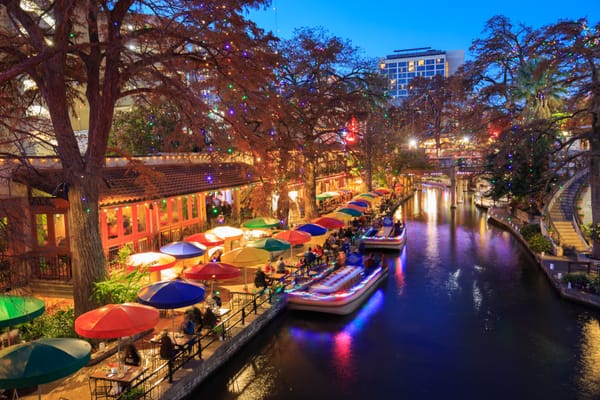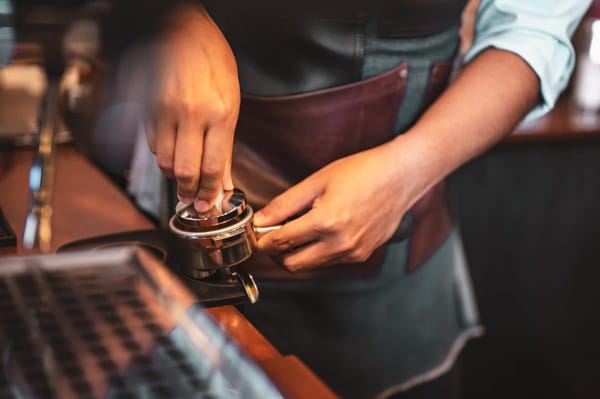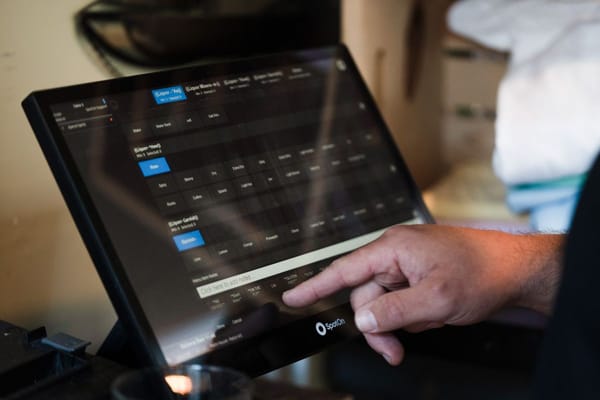Ask any owner what it was like opening their first restaurant, and they'll say it was one of the most challenging accomplishments of their career. Then, ask them, "How much does it cost to open a restaurant business?" and they'll probably reply, "It's complicated." That's because determining the cost of opening a restaurant ranks at the top of "most challenging".
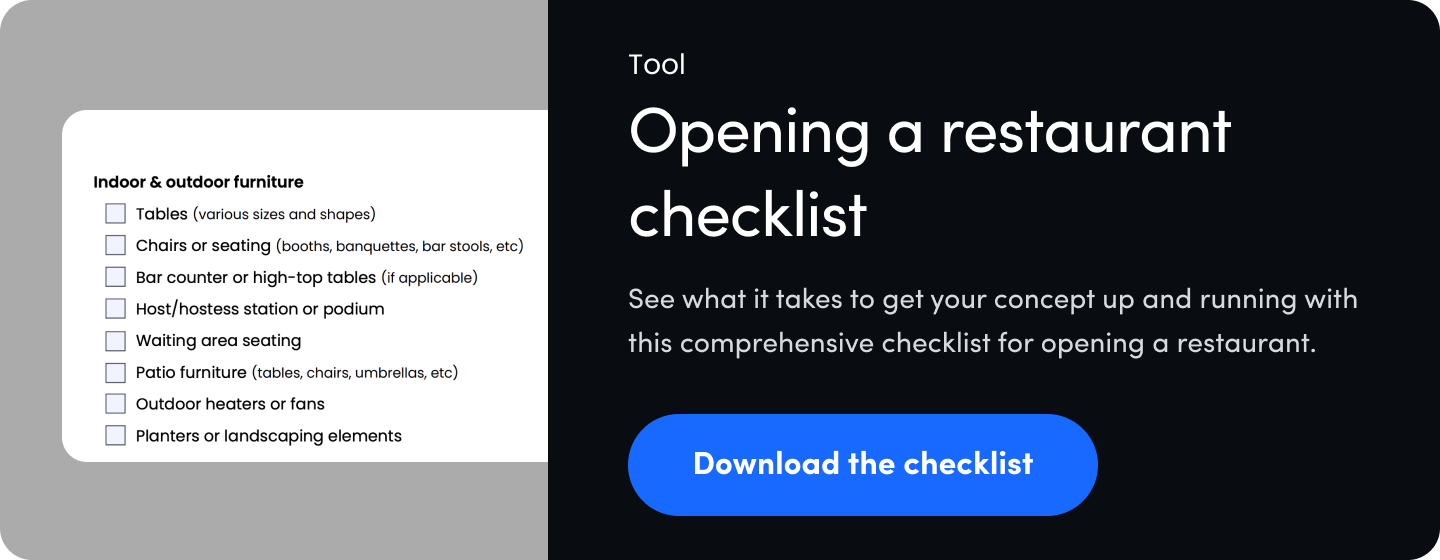
There are so many variables when it comes to restaurant startup costs that it's impossible to put a single price on it. From building materials, furniture, and contractor's fees to utility, food, and labor costs, no two restaurants will ever be the same.
However, the general range of the cost of opening a restaurant with a year of operational costs might look like this. Opening a full-service restaurant will cost between $500,000 and $2,500,000, while a counter-service restaurant will fall between $300,000 and $1,900,000. That's not to say your costs won't be above or below these numbers. It's just where the median cost is most likely to be. Here's how that breaks down.
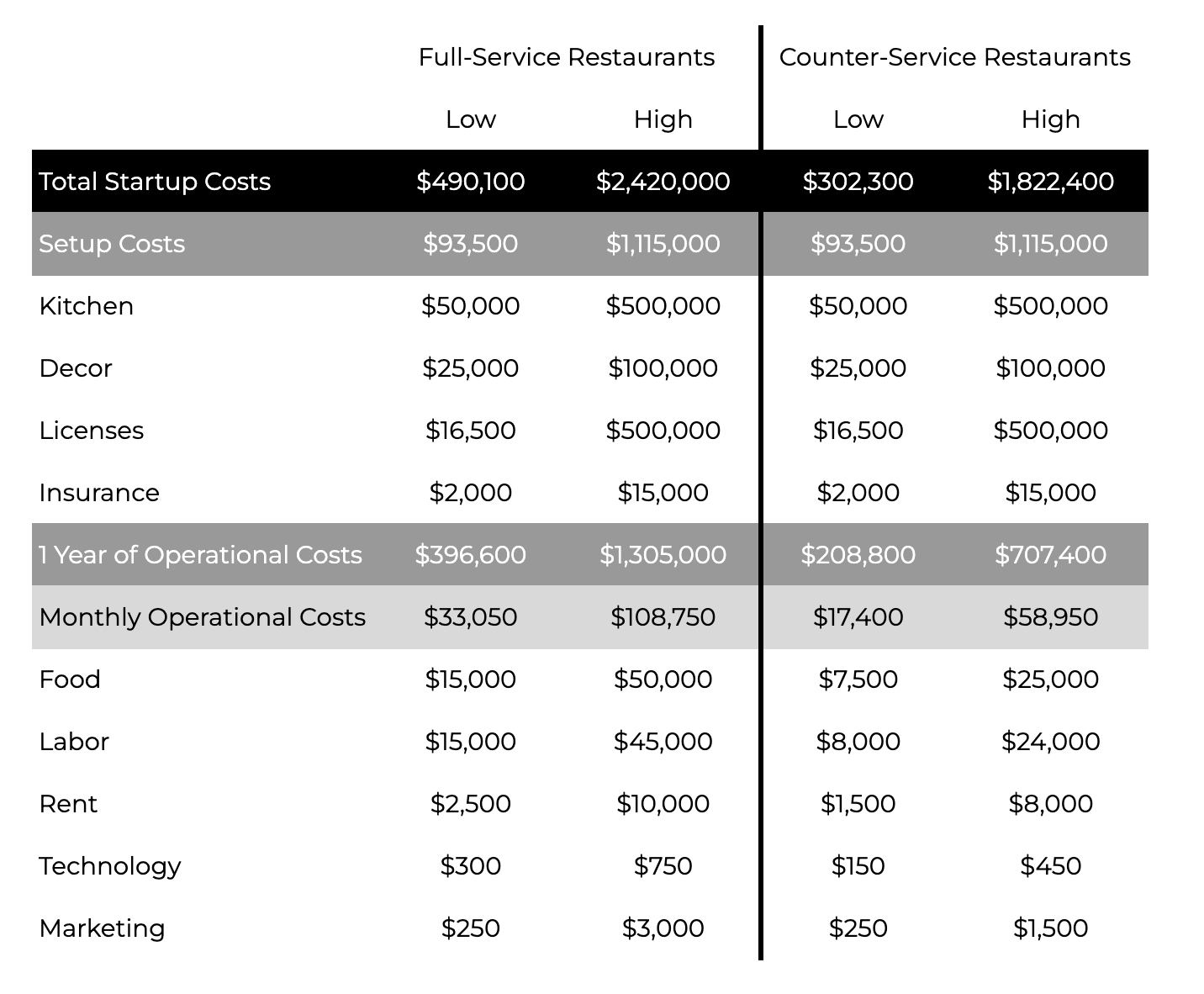
This guide will help you review all the costs of opening a restaurant and prepare you for your next big investment. Let's get into it.
Restaurant startup costs
How much does it cost to get a restaurant from concept to launch? Full-service restaurants will likely see setup costs range from $90,000 to over $1,000,000, while counter-service models will be between $60,000 and $725,000. Here, we'll discuss what you must consider when looking at the construction costs, equipment costs, interior design costs, and licenses and permits.
Remodeling costs
The construction costs of a blank space to a second-generation restaurant remodel vary dramatically. Whatever the shape, size, and condition of your new restaurant, be sure to match the decor with the concept. New staff members, future guests, and the media must understand the concept. An improperly designed restaurant could lead to a failed business.
Equipment costs
Like all your restaurant startup costs, kitchen equipment, and small wares are directly connected to the concept. Depending on that concept, kitchen equipment costs will be between $50,000 and $500,000. Ovens, ranges, and refrigeration can vary in price dramatically based on size, quality, and total output. Purchasing used equipment can be a great way to get started, but repair or replacement costs should be considered in the future. Do your research and remember that "you get what you pay for" could not be more relevant when purchasing cooking equipment.
Interior design costs
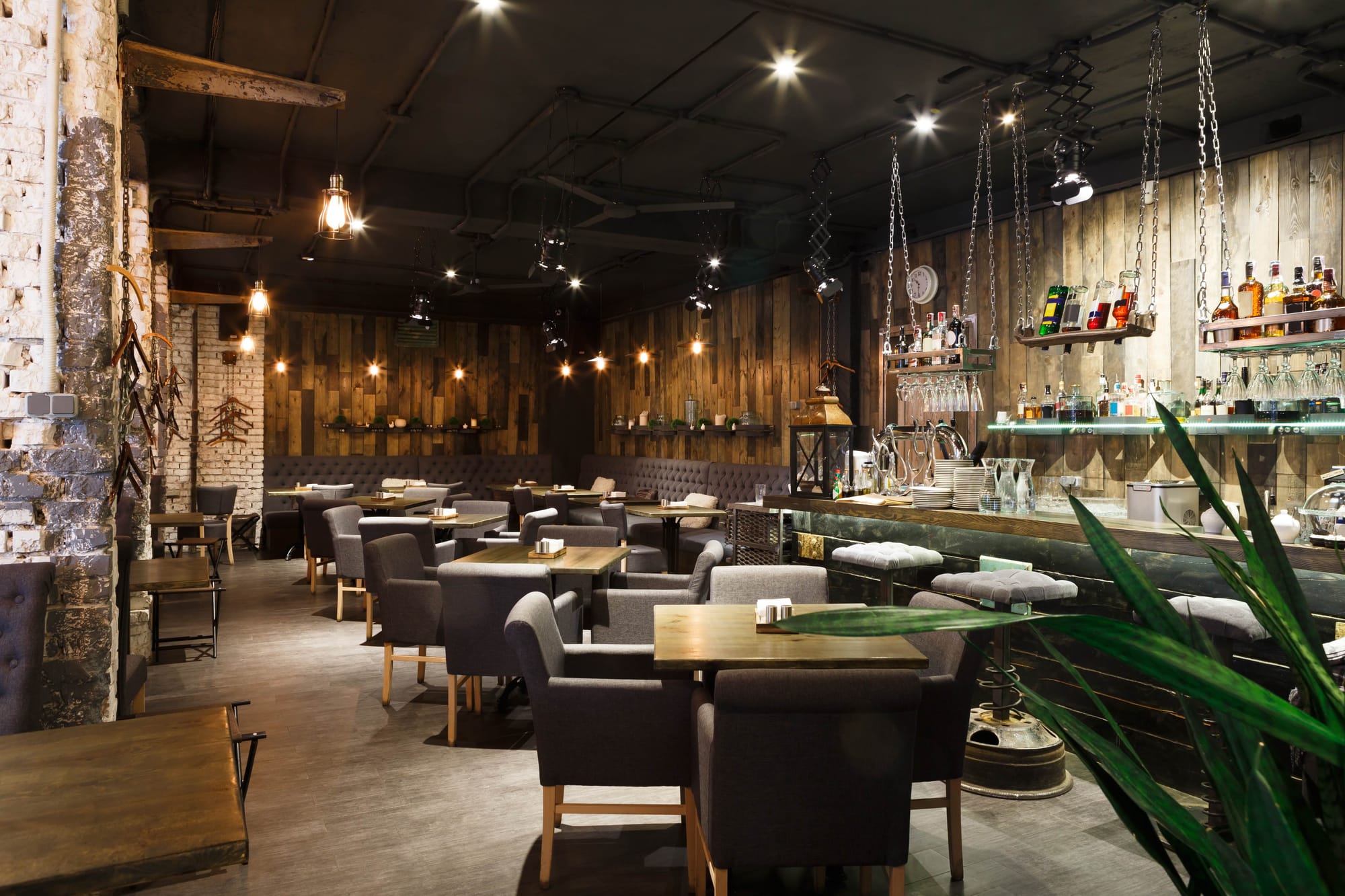
Your restaurant will become alive as you design the dining room. For most operators, decor costs will range between $5,000 and $100,000. These costs vary widely and will depend on the concept. Quick-service restaurants that rely on high-volume pick-up and delivery may invest minimally in interior design. In contrast, fine dining restaurants will spend lavishly on furniture, artwork, and lighting to differentiate themselves from the competition.
Licenses and permits
Every restaurant business has a lengthy list of licenses and insurance needed to open, serve your guests, and protect your business. This could include a business license, food service license, building and employee health permits, a music license, and a liquor license.
Your liquor license cost will vary from state to state and depend on the type of alcohol you plan to serve. They'll range from $5,000 to $500,000. Typically, beer and wine-only licenses are easy to apply for, and the initial cost is low. On the other hand, full liquor licenses can be expensive but are considered an asset you can sell to another restaurant for profit* if you need to sell your business. Business licenses, occupancy permits, food selling permits, and food handling licenses are also required to operate legally, and all vary in cost depending on your state and county. Be sure to check your state's requirements.
*See your state regulations for buying and selling liquor licenses.
Operating costs
You'll want to have between six months and a year of operating costs when opening your restaurant. These costs can be broken down into three categories: COGS, food, and labor. Keeping these costs in check is a critical component of making a profit. Full-service restaurants will likely have a monthly operating cost between $30,000 and $110,000, while counter-service restaurants will probably see that number fall between $15,000 and $60,000. However, more important than the actual amount is the percentage of that cost as it relates to your sales.
Renting a commercial space
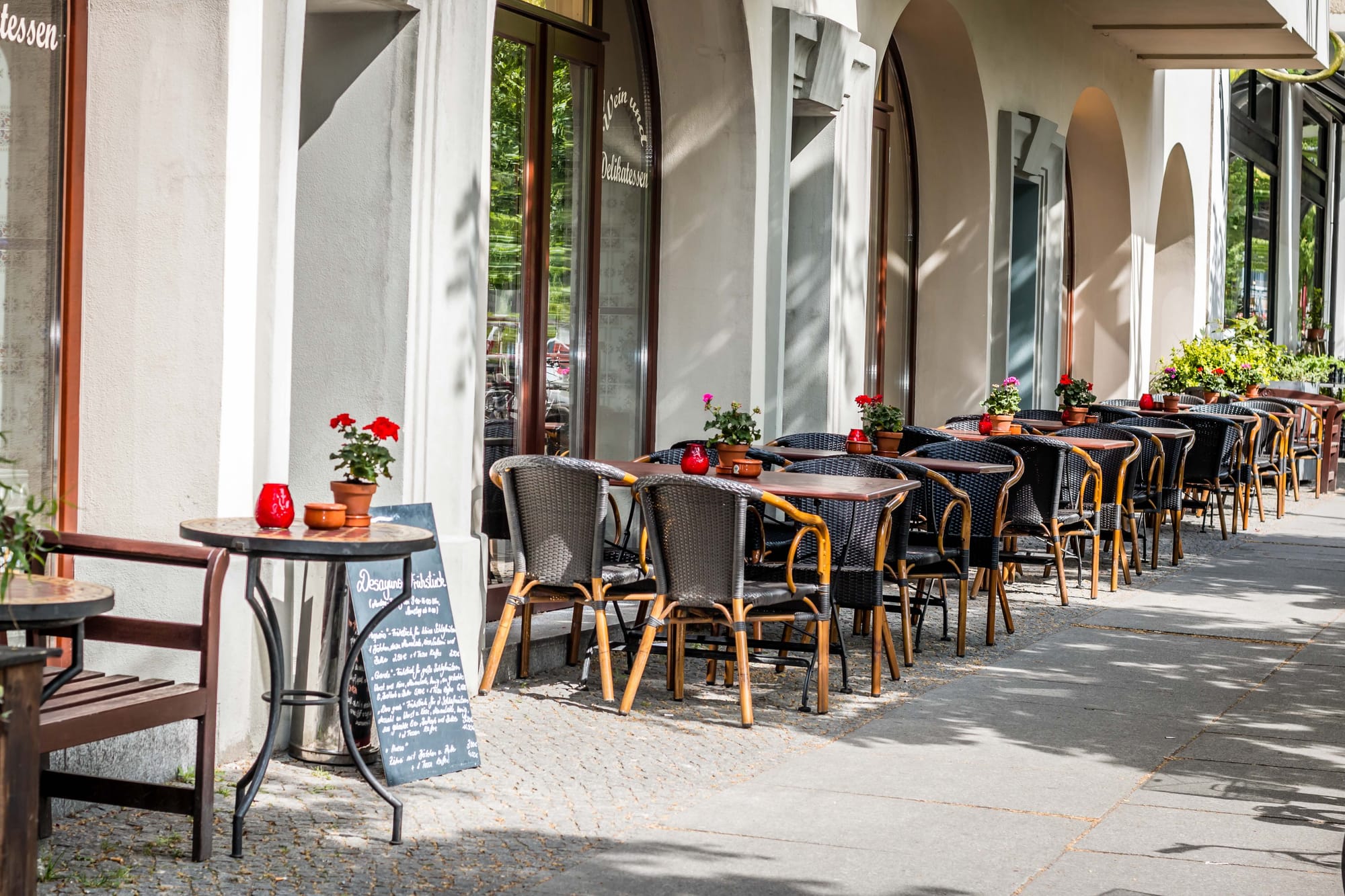
Your monthly rent should be 5% – 10% of your total sales. Keeping that in mind, a typical restaurant lease will be between $1,500 and $10,000 a month. Every restaurant concept needs a commercial space to operate, and the cost will vary depending on your business plan. The old adage, location, location, location will also determine the overall cost.
Ensure your projections are realistic and you can adequately produce and store your menu ingredients. The ratio between the kitchen (non-revenue generating space) to the dining room, patio, bar, or counter space (revenue generating space) must be balanced. Many of these decisions are based on your concept and service type and will translate into the space you need. Along with these, before leasing, you should have a reasonable projection of your utility costs—electricity, water, and garbage are the big ones.
When you have found the perfect commercial space, hire an attorney specializing in negotiating lease terms. Also, make sure that person fully understands your concept and financial projections so they can properly negotiate in your best interest. As mentioned, the rule of thumb for monthly rent costs is 5 – 10% of your total sales and a minimum of 10 years with a 5-year option. If your landlord is willing to give you more, take it.
A new restaurant owner may think, "What if I don’t make it? What if my restaurant fails? I don't want to be stuck paying rent for 15 years." Your strategy should be to lock in your monthly rent cost for as long as possible. Think of the opposite scenario. Your great idea turns into an award-winning, money-making machine, but you only signed a five-year lease. Then, your landlord triples the cost of rent due to your outstanding success. Even worse, they don't renew your lease, and now your cash-printing restaurant is out of business. Uh oh. Negotiating a long-term lease on a commercial space is critical and will be among the most important decisions you make when opening a new restaurant.
How much are COGS for restaurants?
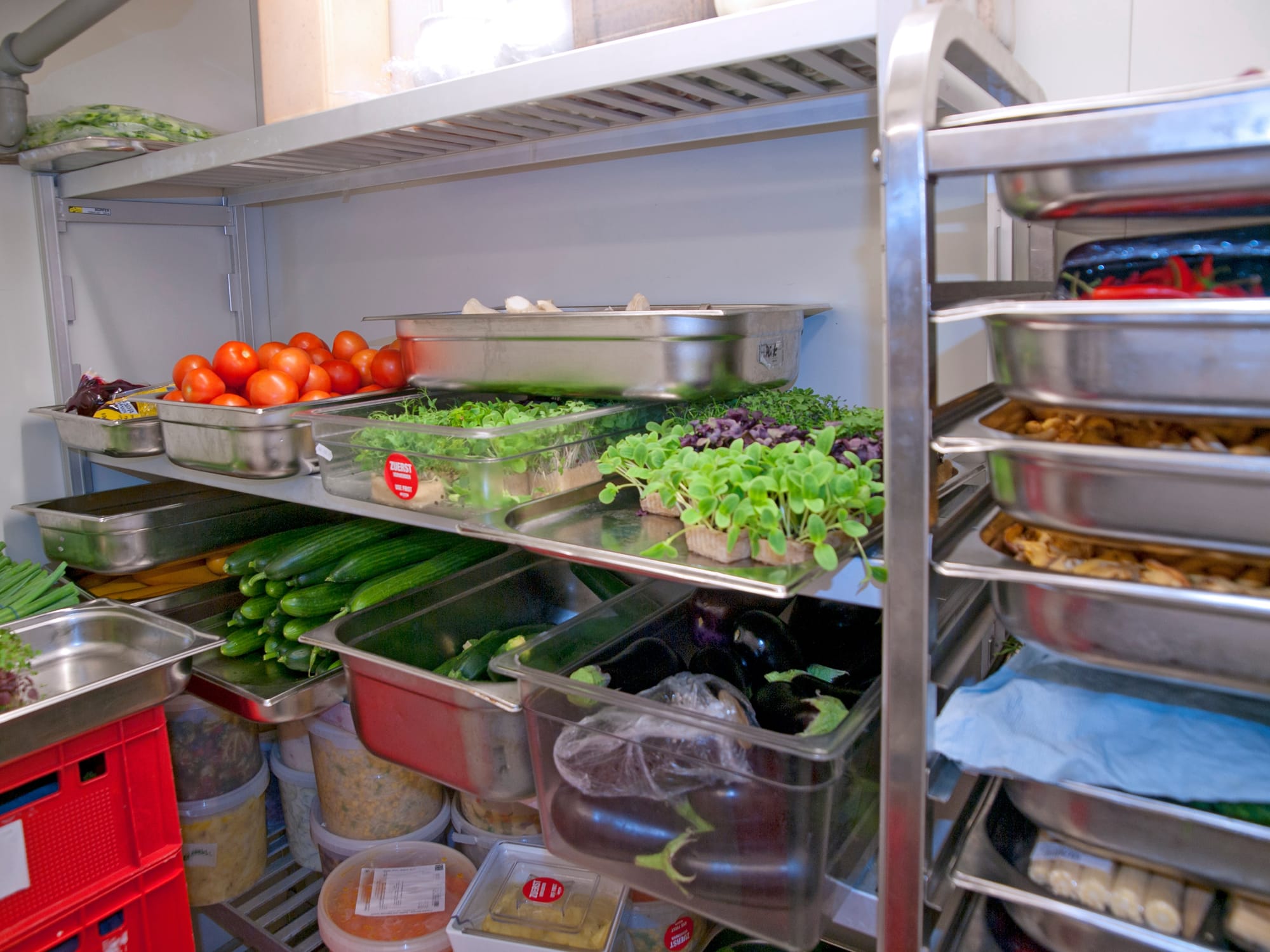
COGS, or the cost of goods sold, is broken down into food and beverage costs. Food costs will be about 30% of your food sales volume. That means if your full-service restaurant sees yearly sales of $1,000,000, $750,000 will come from food sales and $250,000 from beverages (75/25). That would be $62,500 per month in food sales. Your monthly food cost should be around $18,750 (30%).
If you had a quick-service restaurant, those yearly sales might be closer to $500,000, with $450,000 coming from food sales and $50,000 from beverages (90/10). That would be $37,500 in food sales every month. In this scenario, your monthly food cost should be around $10,500 (28%).
While so many variables affect your food costs and the total cost to open a restaurant, one thing is for sure: you will need capital to pay for your opening inventory of the cost of goods sold. These restaurant startup costs can be quite significant, so be prepared to pay all invoices upon delivery. Most, if not all, vendors will ask for payment on that first delivery, no matter how good your credit score is. Remember, you're beginning a new relationship with your vendor, and they may not know who you are and how you run your business.
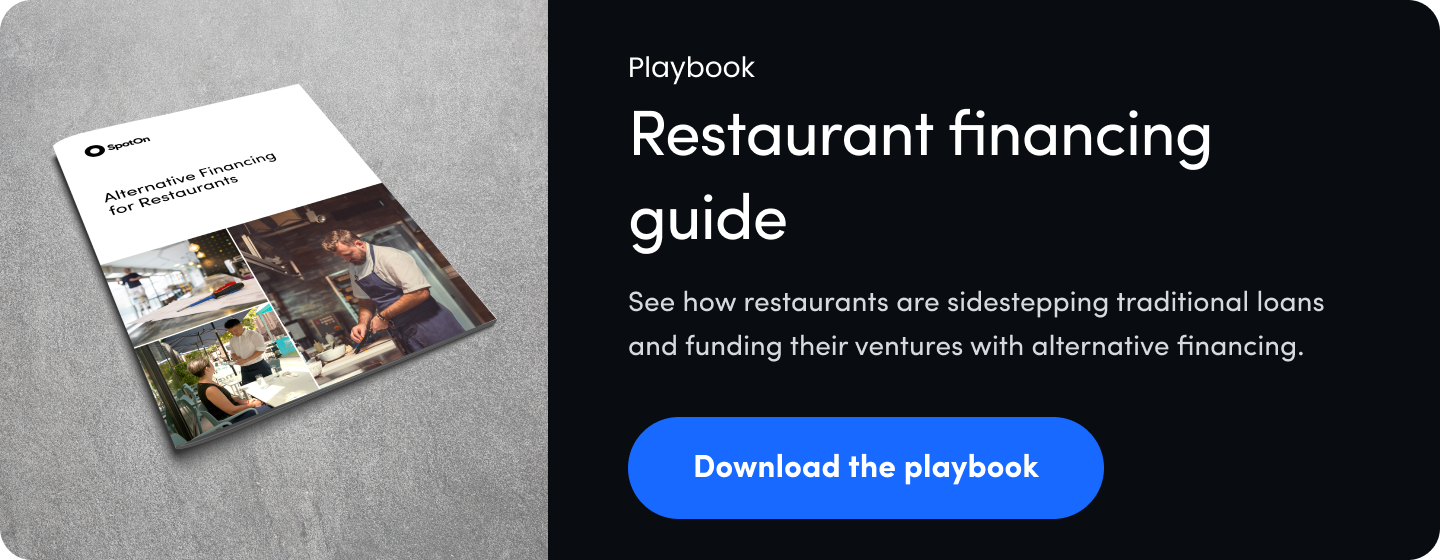
Projecting your opening food costs is based on the sales volume you forecast for the first month of sales. Some items like flour, sugar, and salt are less perishable, so consider buying in bulk to keep your food costs low. Highly perishable items like seafood and chicken should be purchased in much smaller quantities, and you will only need enough to conduct testing, staff training, and maybe your opening week. Eventually, you will fall into a purchasing rhythm, which, combined with food sales, will make paying your vendor on time a reality while clearing a path toward profitability.
How much are labor costs for restaurants?
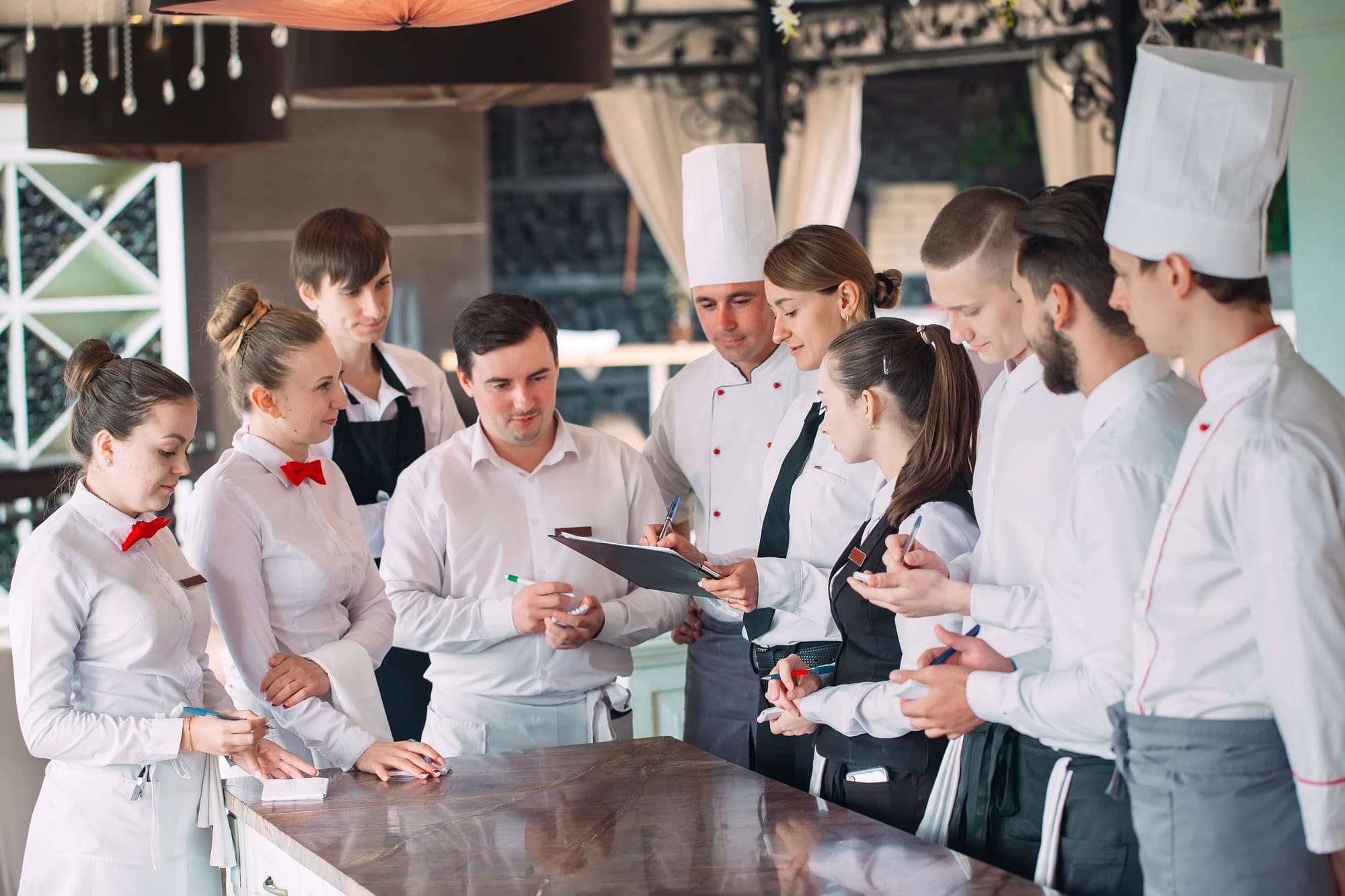
Your labor costs should be between 25% and 35% of your total sales. A typical full-service restaurant will see monthly labor costs between $15,000 and $45,000; in a counter-service concept, they'll range between $8,000 and $24,000.
You can't do it alone. Restaurants require a lot of labor, and you will need a full staff to execute your vision and concept. Also, your goal when opening a restaurant should be to hire as many skilled people as possible. There are so many moving parts when opening a restaurant that you must delegate to your managers, chef, and experienced staff to get the job done. Most importantly, you want to start building a culture to keep your staff motivated and performing at the highest level.
Labor is costly, and you'll likely need to pay a few key employees before you open the doors. Staffing costs will vary greatly depending on your service type and sales volume, but the industry standard is between 25% and 35% of total sales before payroll tax and worker's compensation insurance. Consider implementing POS-integrated restaurant scheduling software from the start to ensure your labor costs stay on budget every week. Also, Make sure to research market conditions and emerging regulations that may affect your labor cost. Additionally, labor shortages could drive up your restaurant startup costs, so start hiring as soon as possible.
Marketing costs
Restaurants should allocate between 3% – 6% of total revenue to monthly marketing. A healthy marketing budget for your restaurant will be between $250 – $3,000 every month.
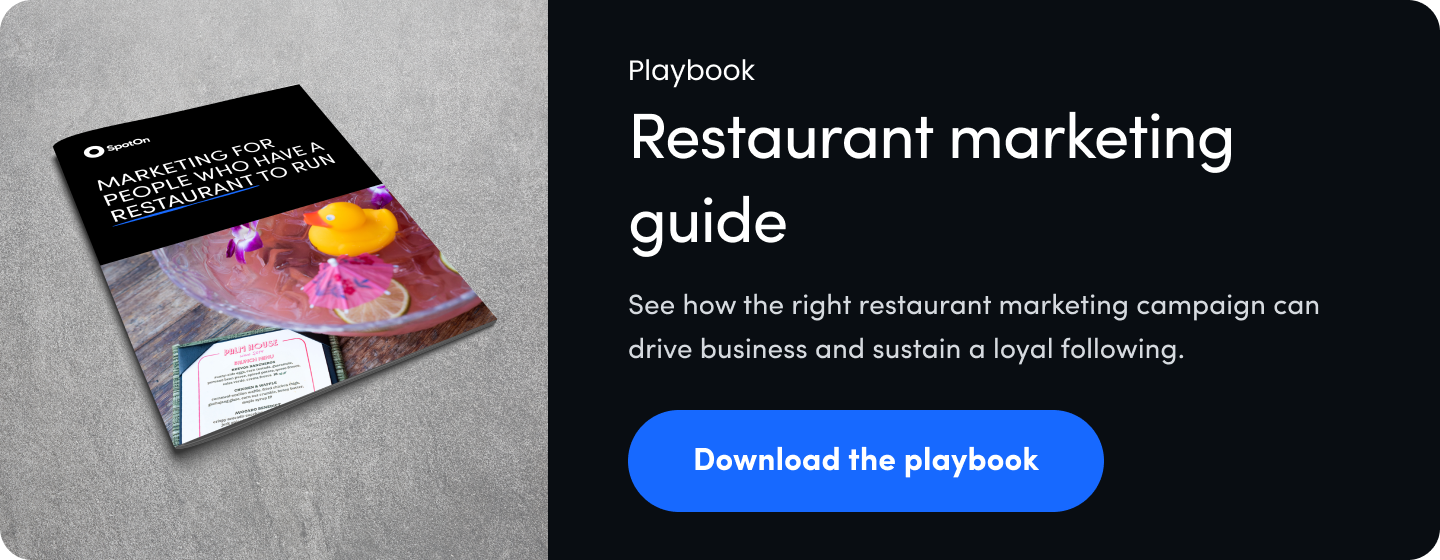
Creating a successful business and brand doesn't happen overnight. Properly marketing your concept can elevate your brand from obscurity to the most beloved restaurant in town. Managing marketing in-house has limitations, but it can be the most affordable option. Fine dining establishments with big budgets often hire PR and marketing agencies to ensure they create brand awareness early and utilize the media to make a splash in competitive markets.
If you don't have the money to hire someone for your email and social media marketing, consider restaurant marketing software with automated solutions. It allows you to automatically send marketing campaigns so you can stay focused on running your restaurant.
Restaurant technology costs
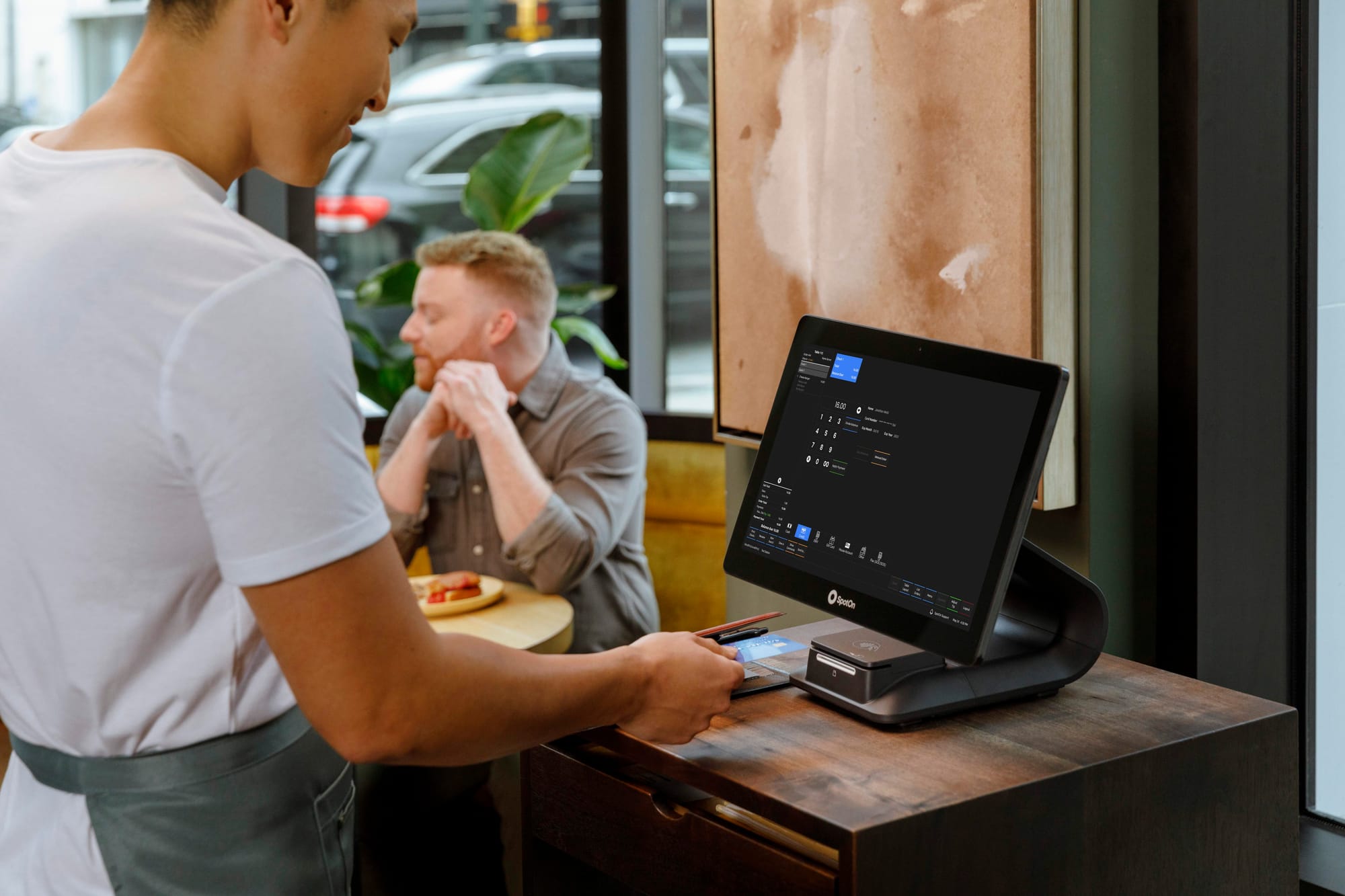
Purchasing a fully integrated restaurant POS system for new restaurants is table stakes in today's restaurant world. Expect to pay between $150 and $700 monthly for software and payment processing fees. The software and hardware you choose will depend on the type of restaurant you are opening. Just make sure your POS partner gives you options. With SpotOn's pricing, you can customize your system to how you want to run your own restaurant. With any point-of-sale, the total will vary depending on your service type, revenue streams, and restaurant size. Also, if you need help buying the POS hardware, check out your equipment financing options when shopping for a POS provider.
Insurance
The specific insurance your restaurant needs is determined by thoroughly reviewing your operations and the coverages necessary to mitigate risks. Insurance costs for restaurants will usually fall between $2,000 and $5,000. General liability insurance policies protect you from lawsuits, including foodborne illnesses, legal fees in cases of employee or customer accidents, and any damages your business may be responsible for due to its actions.
Commercial property insurance will protect you from physical damages or losses from vandalism, fires, floods, electrical issues, etc. Workers compensation insurance will provide coverage for any employees injured on the job and is mandatory by law. Some concepts may benefit from insurance policies, including commercial auto insurance, food spoilage, and business interruption insurance. The bottom line is to shop around for the policies that fit your business, as costs vary widely.
Restaurant owners must count the costs before opening
According to a report from the James Beard Foundation, 26% of restaurants fail in their first year of business. Many of these are because new restaurant owners didn't account for all their operating and startup costs. The most successful restaurants err on the side of caution and ensure they have enough capital to reach their break-even point.
It may take a while until your concept gets noticed and takes off. You may even have to modify the menu or your ambiance as you get guest feedback. Come what may, you'll want to have enough money in the bank to cover unexpected restaurant expenses. The secret to a profitable restaurant is giving yourself enough financial runway to see your restaurant through to profitability and beyond. And opening a restaurant won't only be a "challenging" accomplishment but also a rewarding one.
About the author: Scott Youkilis is a restaurateur in residence at SpotOn. As a chef and owner, he's opened four award-winning restaurants in San Francisco, including Mavericks and Hog & Rocks. Now, he helps restaurant owners everywhere become more profitable with better tech.
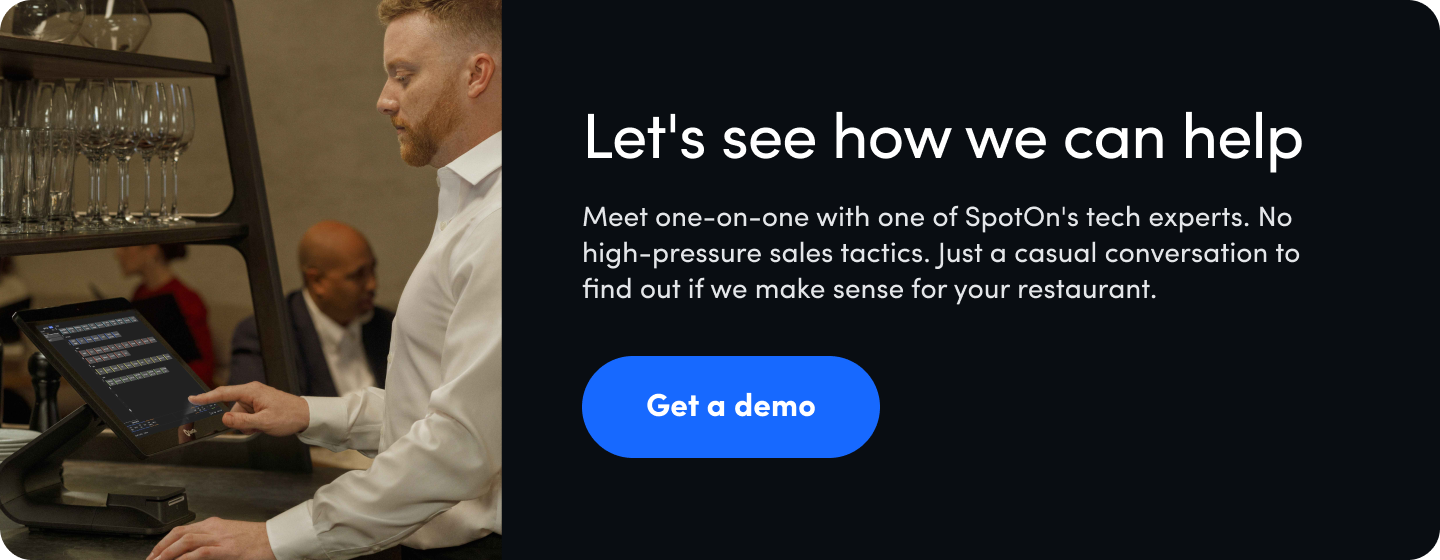
DISCLAIMER: Everything here is just for informational purposes. The numbers, links, and graphics may not be accurate, and we encourage you to do your own research. Also, we can't guarantee results from following our advice. Always consult a professional for your specific situation.



